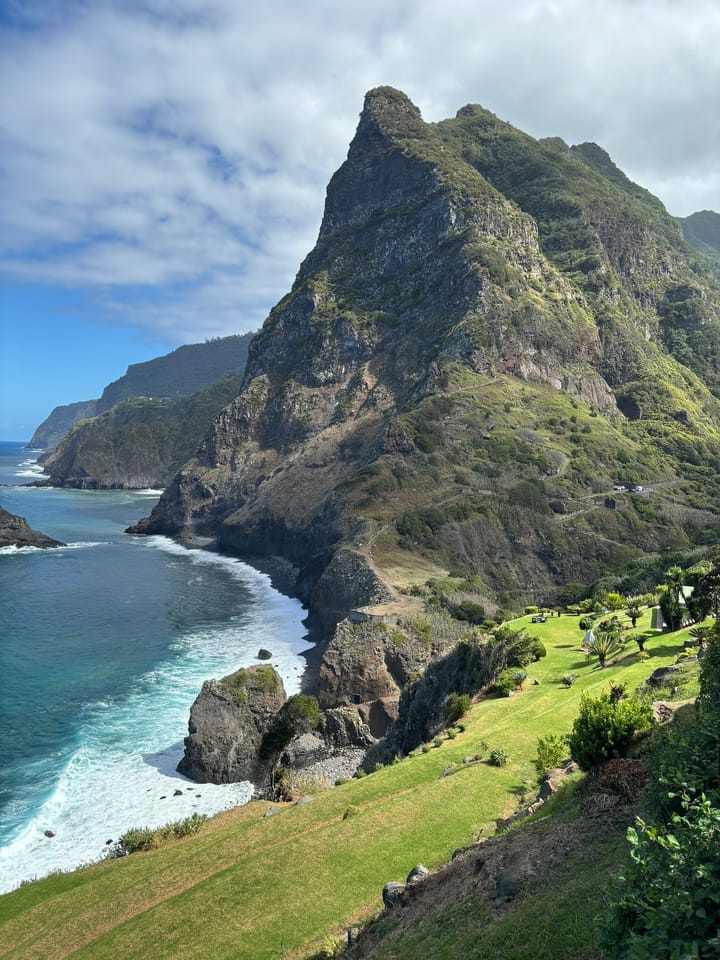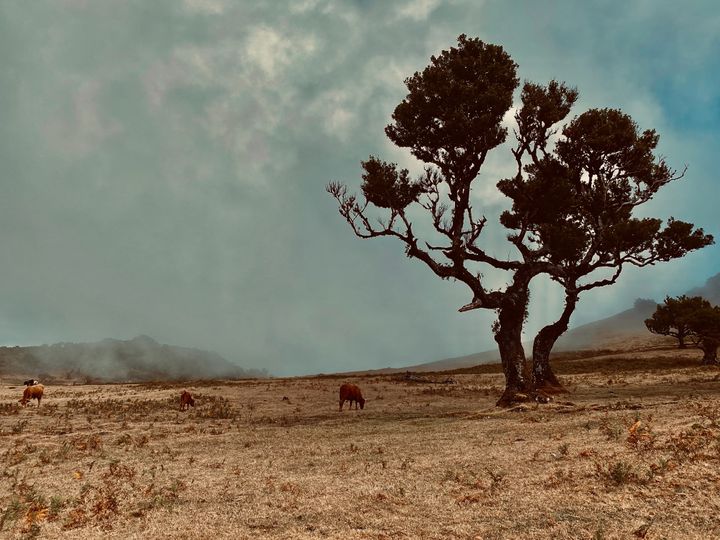The Unexpected Discovery of Madeira
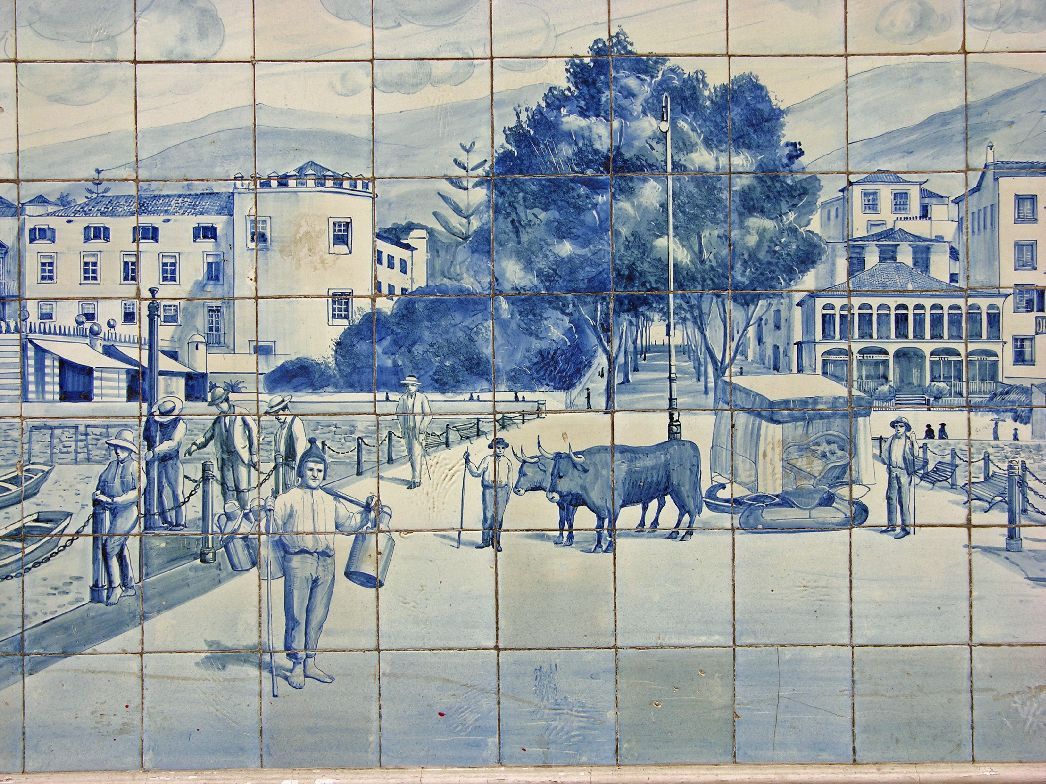
The Age of Discovery, which happened from the late 15th to the early 17th centuries, was a time when sailors explored the seas like never before, connecting the world in new ways. An exciting part of this time was when they discovered and settled on in Madeira.
In 1419, João Gonçalves Zarco, a Portuguese explorer supported by Prince Henry the Navigator, embarked on a journey to Guinea in Africa. However, a powerful storm changed their route unexpectedly. This twist of fate led to the discovery of a tiny island, which they named Porto Santo, meaning 'Holy Harbour.' During the fierce storm, this island provided them with a secure refuge.
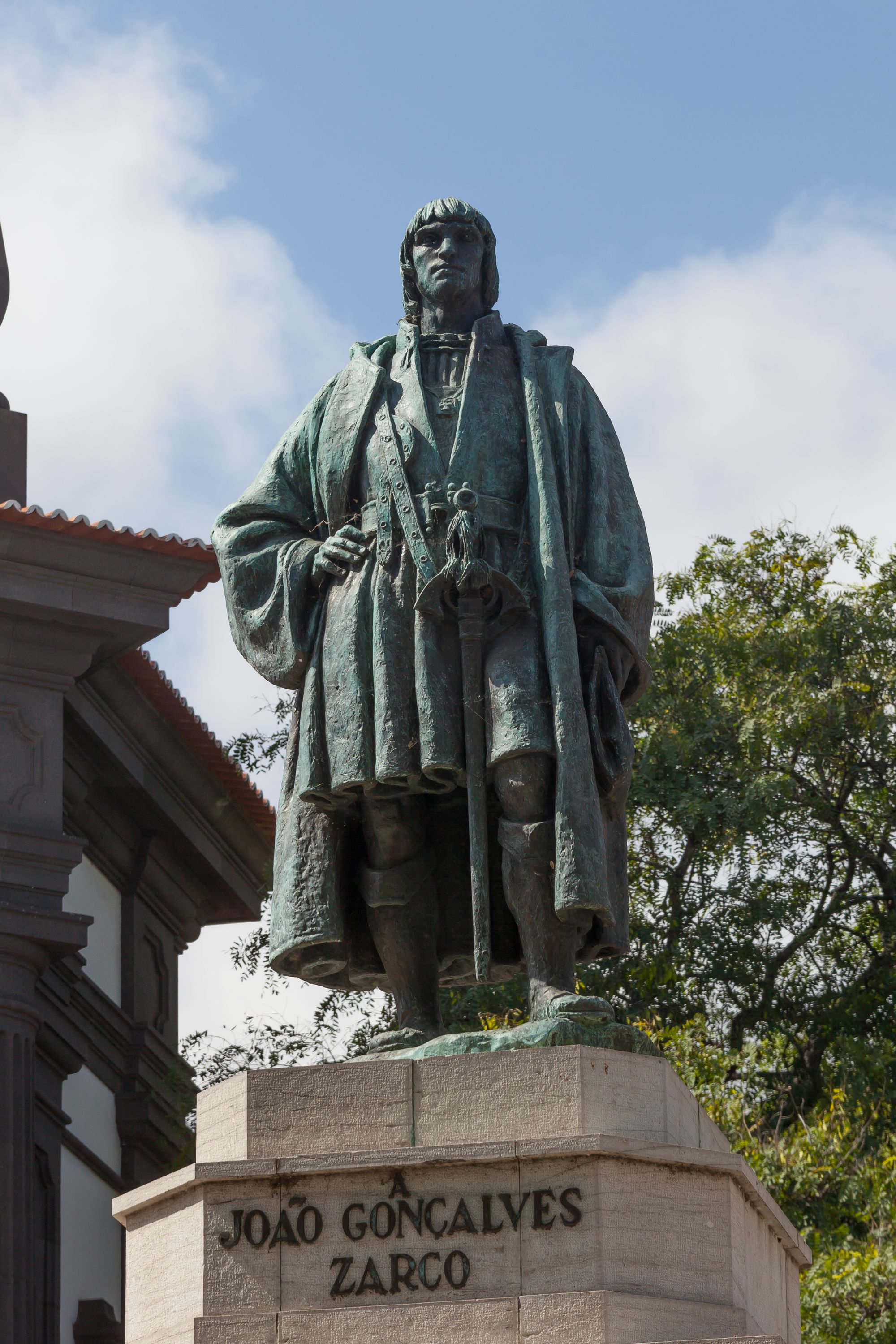
A year later, another nearby island was found and called Madeira Island, which means "wood." The legend says it took nearly seven years to burn down the dense forest to clear the land and to begin cultivation. First they planted wheat, then sugar cane.
People started living here in 1420. The first settlers were families from Algarve and prisoners. João Gonçalves Zarco, Tristão Vaz Teixeira, and Bartolomeu Perestrelo were the main people in charge of starting communities on the islands. João Gonçalves Zarco resided in Funchal, where he served as the local leader. Tristão Vaz Teixeira held leadership in Machico, while Bartolomeu Perestrelo governed Porto Santo. It was in 1508 when King Manuel I of Portugal granted Funchal with the city status.
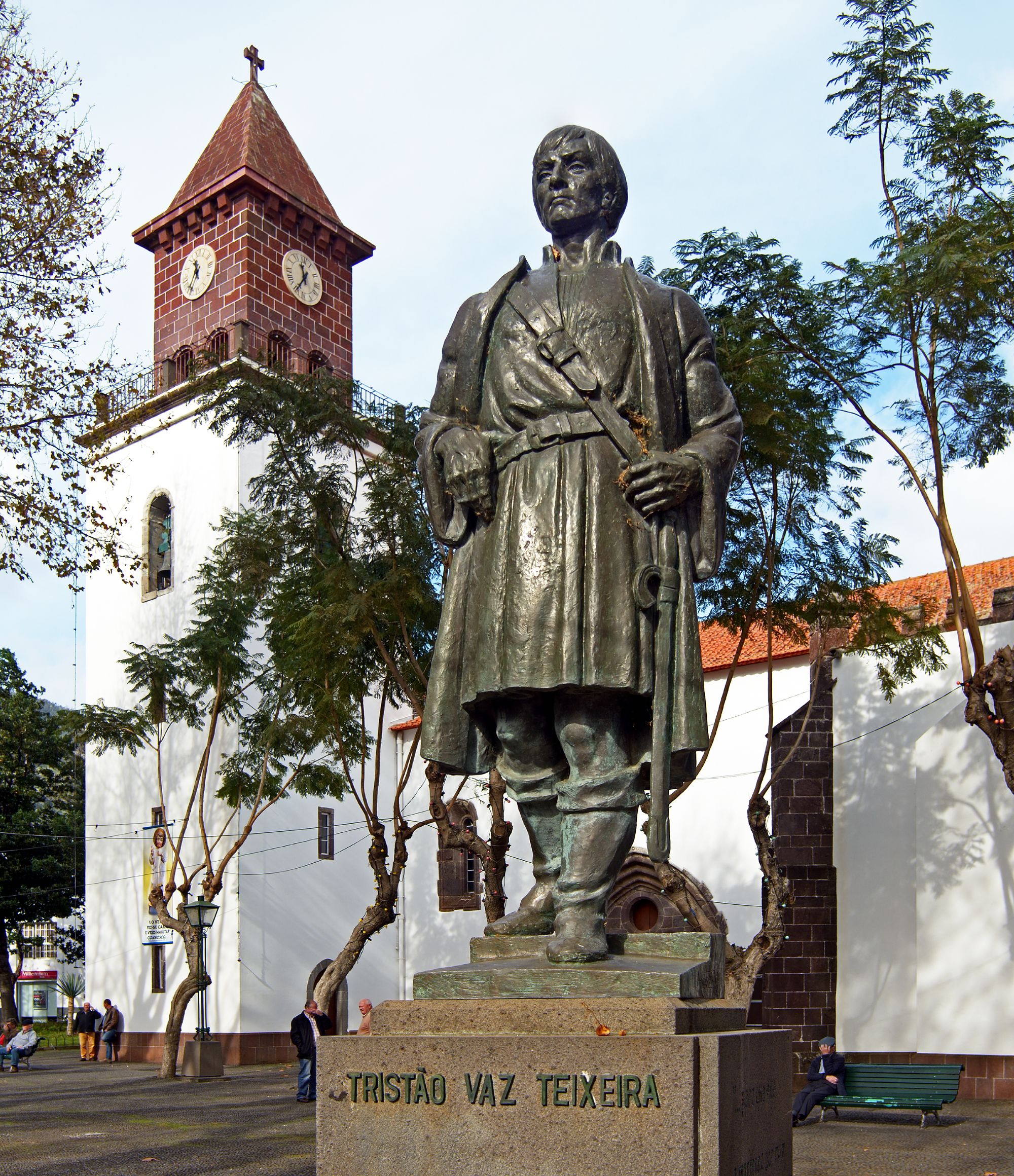
News of the discovery spread fast, and Madeira quickly became an important resting point for explorers setting off on journeys across the Atlantic. The island's rich soils were perfect for growing sugar cane, making it a bustling hub for sugar production. The prosperity from sugar farming in Madeira played a key part in creating a global economy that linked different parts of the world through trade routes stretching across oceans.
Over time, however, the land was exhausted and places like Brazil and the Caribbean began to produce more sugar, making it less profitable. Later, new trends emerged, such as the worldwide fame of Madeira Wine. Today, Madeira Wine is still an important part of the island's character, even though sugar cane continues to be grown.
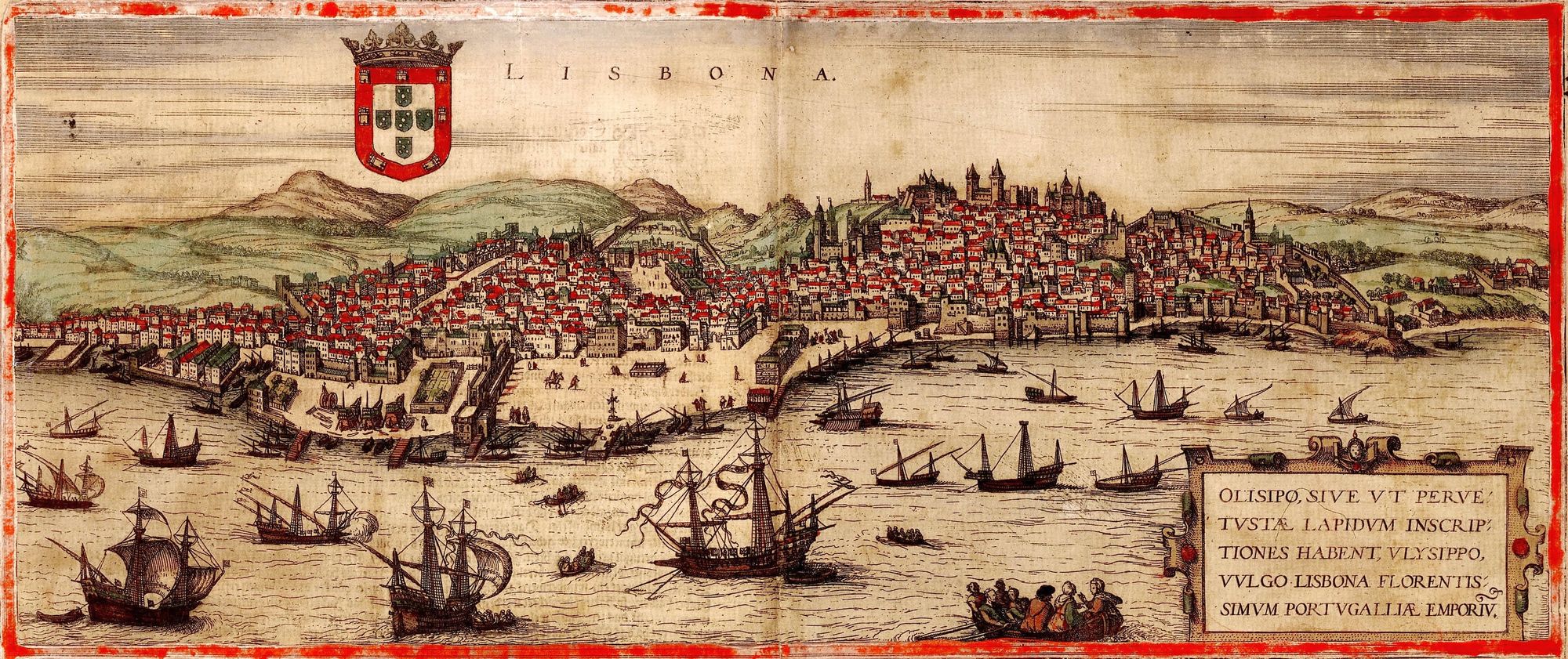
The Age of Discovery also made the islands a meeting point for different cultures. Sailors, traders, and people from all over the world came to Madeira, bringing their own languages, traditions, and beliefs. This mix of cultures created a colorful blend of customs that can still be seen in Madeira's art, buildings, and everyday life.
The influence of the Age of Discovery can still be seen today. The islands' historic towns, charming villages and terraced landscapes blend history with the modern world in our time. Tourism has flourished, attracting people from all over the world who are captivated by Madeira's stunning nature, vibrant culture and deep-rooted history.

